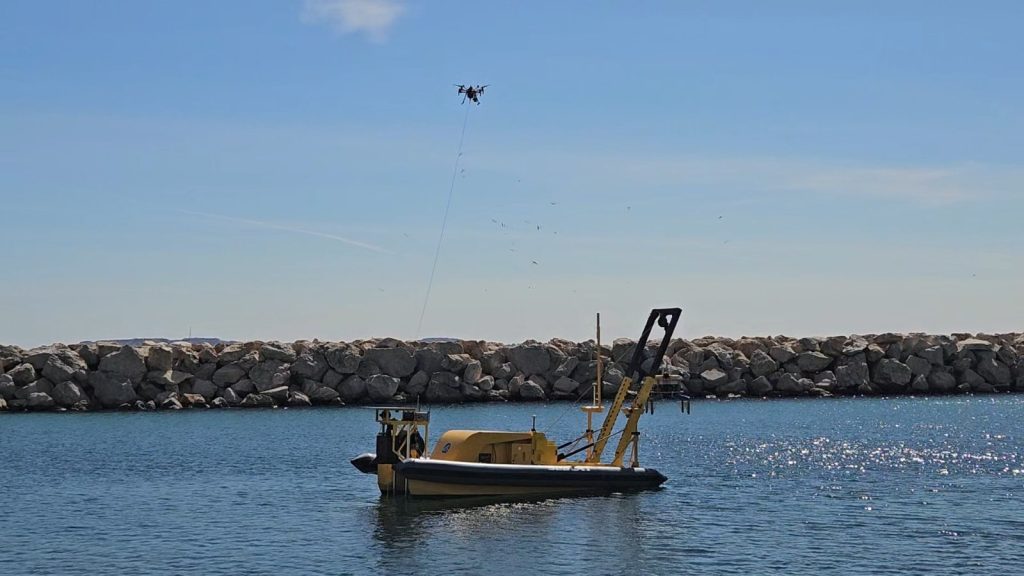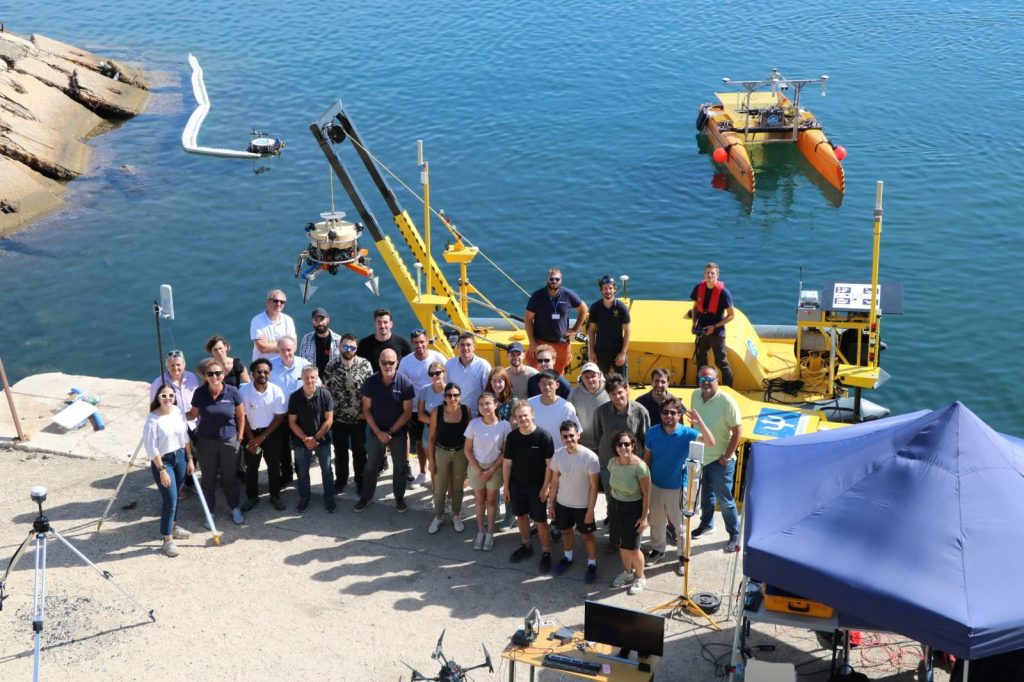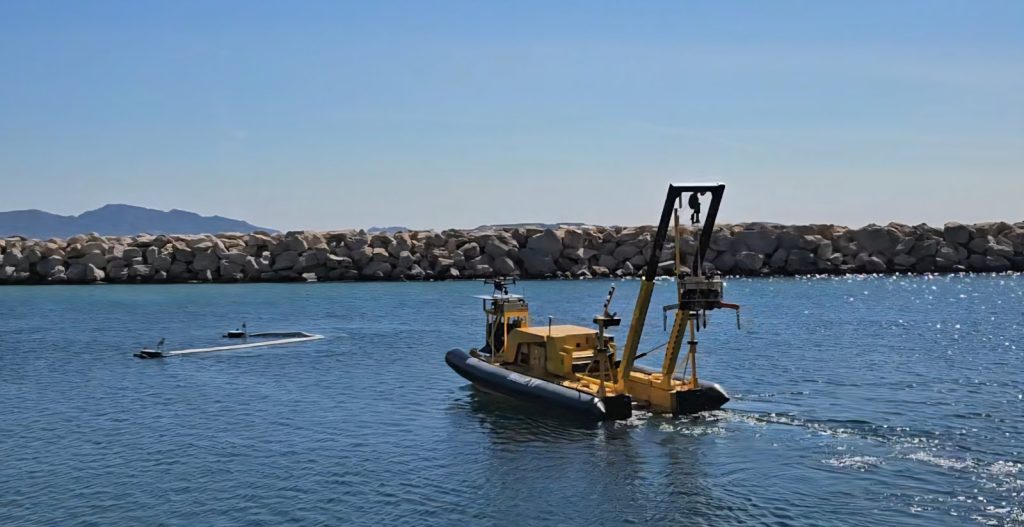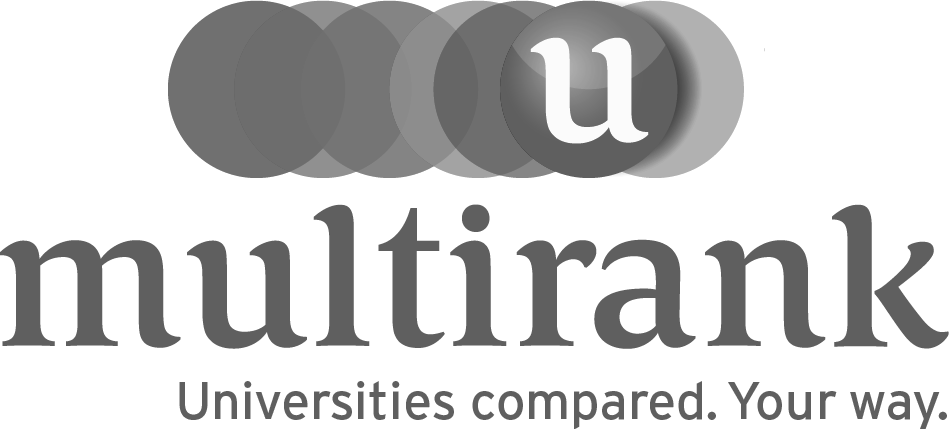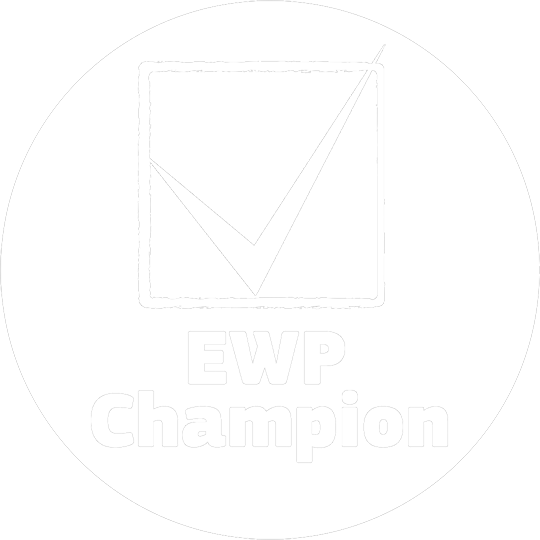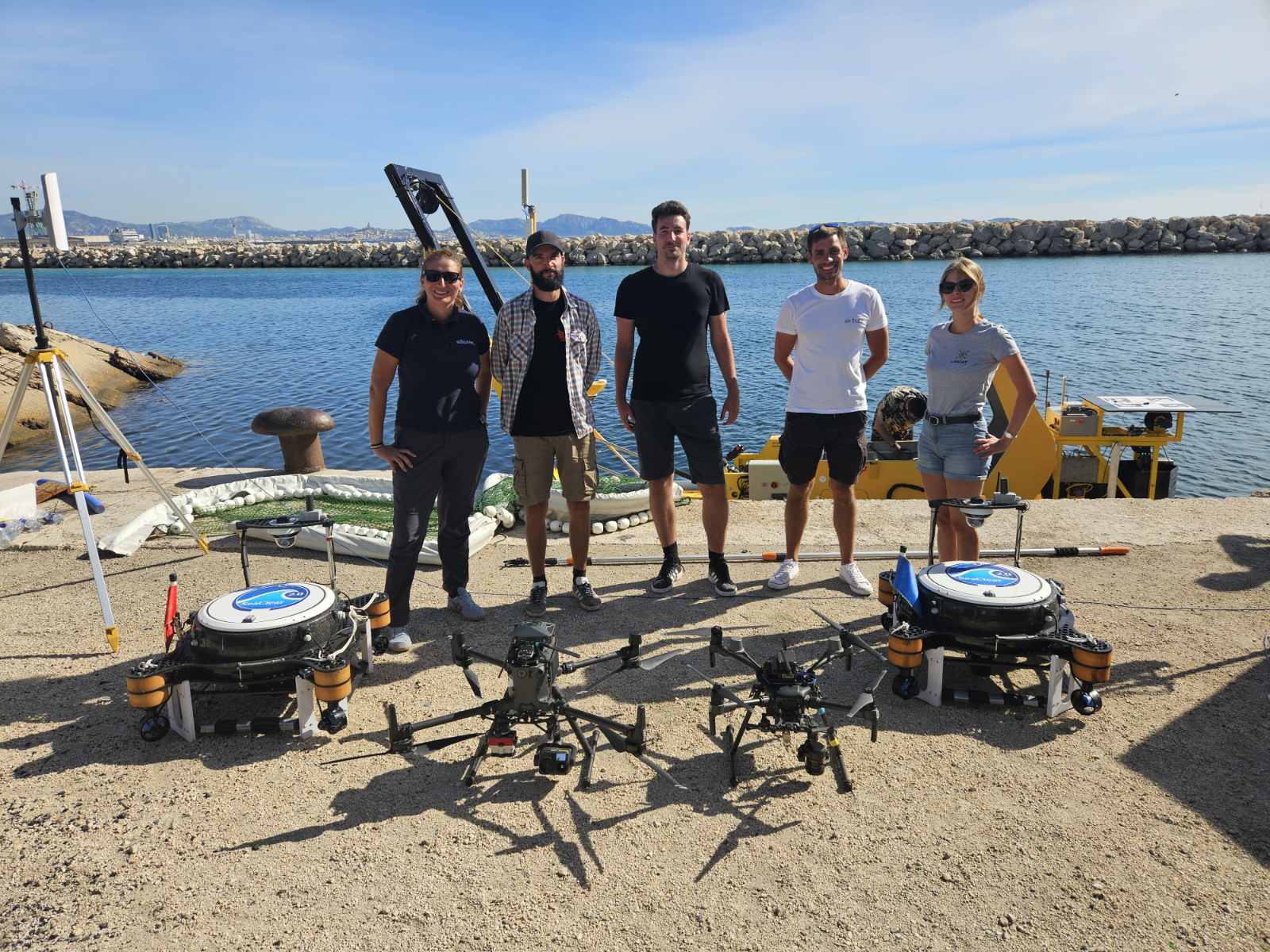
From 16 to 18 September 2025, a public demonstration of the SeaClear2.0 robotic system was held in Marseille, showcasing an innovative solution for detecting and removing marine litter from the seafloor. The demonstration was organized by Subsea Tech, a project partner and leading company in marine and underwater technologies, with participation from project partners including the Laboratory for Intelligent Autonomous Transport Systems (LARIAT) at the University of Dubrovnik.
The SeaClear2.0 system represents a significant advancement in marine protection technologies, considering that an estimated 94% of oceanic plastic waste is located on the seafloor. The system integrates autonomous and remotely operated robots that operate collaboratively in the air, on the water surface, and underwater, enabling mapping, identification, and litter collection in diverse conditions. It can operate at depths of up to 100 meters and lift objects weighing up to 250 kilograms, and its development and testing mark an important step toward more efficient marine cleanup operations.
Prior to the public demonstration, teams conducted extensive preparatory internal trials of the robotic systems. All key components were tested to ensure full functionality and safety during the demonstration. This preparatory phase allowed identification and resolution of potential technical issues, ensuring seamless operation during the live showcases.
On the first day, the SeaClear and SeaClear2.0 robotic systems were demonstrated to a selected group of stakeholders from environmental organizations, industry representatives, and SMEs. The robots showcased their ability to detect and collect marine litter from the seafloor and surface using advanced artificial intelligence algorithms.
On the same day, project partner ISOTECH Ltd conducted a participatory workshop titled “Defining Solutions and Policy Interventions for Addressing Marine Litter in Marseille”. Participants discussed key challenges in local waste management and jointly developed proposals for solutions based on European experience and best practices.
On the second day, the robotic systems were deployed at a popular tourist location in Marseille. The robots successfully detected and collected waste of various sizes, confirming their applicability even in sensitive marine environments.
The final day was dedicated to internal system testing, including docking trials between the SeaDragon and SeaCAT systems. SeaCAT served as the central control vessel of the SeaClear2.0 system, while SeaDragon collected waste and transported it to shore. The trials confirmed the reliability and coordinated operation of the entire system, a crucial step toward its broader operational deployment.
During the demonstration, the LARIAT team – Anna Panfil, Ante Žile, Vicko Prkačin, and Antun Đuraš, led by head of LARIAT Prof. Ivana Palunko – was responsible for managing and coordinating SeaBeeS system for surface litter collection and the SeaHawk system for aerial detection and supervision. These autonomous systems collaborated in the detection, classification, and collection of marine litter. SeaBeeS, small autonomous surface vehicles, enabled precise litter collection near the coast, while the SeaHawk drone provided a broader perspective and mapping support. The integration of these drones facilitated a more efficient and safer marine litter removal operation.
By participating in this demonstration, LARIAT at the University of Dubrovnik contributed to international collaboration and the development of innovative technologies aimed at marine and environmental protection, reaffirming the University’s role in research, innovation, and sustainable development.
